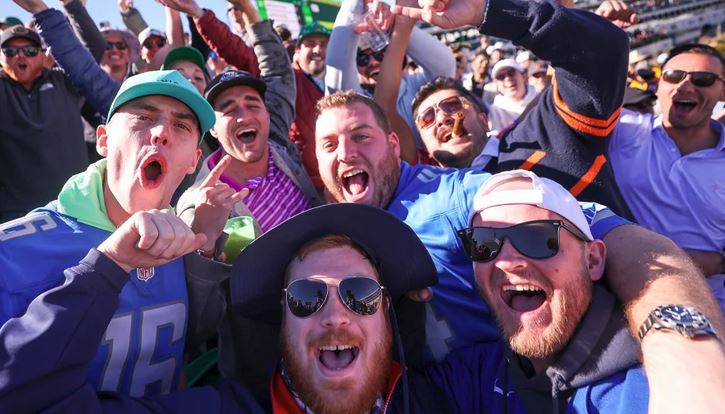Podcast: Play in new window | Download
Subscribe: RSS
As millions of people were putting the finishing touches on their home party preparations before Sunday evening’s big NFL finale, the largest outdoor party in America was taking place in Phoenix, Arizona.
On Saturday alone, more than 200,000 people gathered – on a golf course! This year’s Waste Management Phoenix Open handled more than 500,000 people during the four-day event which concluded on Super Bowl Sunday afternoon.

To put it into perspective, Augusta National Golf Club (home of The Masters) shoehorns about 40,000 people onto the grounds each day for their event.
The Tournament Players Course (TPC) of Scottsdale, Arizona has a bit more room to spread out, but having more than 100,000 people on any golf course seems a bit excessive. This event’s growth has also brought some unintended consequences, too.
What makes this particular PGA Tour stop such a big deal?
Whether intentional or not, the Waste Management Phoenix Open (WMPO) has become the tour’s annual Super Bowl weekend party stop, too. By early February, much of America is ready to come out and experience a little bit of spring weather.
However, this post-Groundhog Day PGA Tour stop has become better known for “Drunk-satawny Phil and Phyllis.”

The well-lubricated fanatics enveloping the Par-3 16th hole at the TPC-Scottsdale course have become their own story over the past few decades.
They surround this 170-yard hole from tee to green. As each golfer steps onto the tee, a public address announcer gives the crowd the name of the golfer. The fans cheer and await the golfer’s swing.
If the golf ball lands somewhere on the green near the hole, the crowd erupts into cheers. However, if the golfer sends the ball into a sand trap or fails to make the putting green, the massive gallery of 20,000 fans boo the player for a less-than-stellar tee shot.

Most pro golf tournaments aren’t known for such a party-time atmosphere. Those “Quiet Please” signs abound at most professional golf event for good reason.
Golf skills are developed in relative quiet
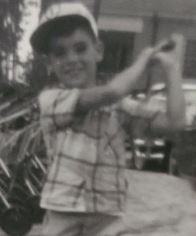
Speaking from personal experience (I started playing golf at age 8), golfers learn the sport and practice in relative solitude. We generally prefer it that way.
Golf demands a great deal of concentration to play at the highest levels. That doesn’t mean that most golfers don’t have a good sense of humor. Resilience is quite important in golf. You have to accept a certain number of bad shots (and a few lucky ones) which come along during every round.
Golfers are always pursuing perfection (which is, of course, impossible). The intense focus required to play this game at a high level means that many golfers come across as quite serious while playing this difficult-to-master outdoor game.
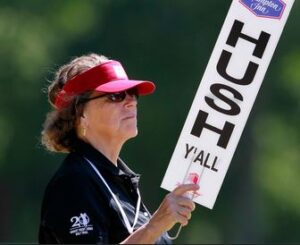
Imagine if you had to compete against 143 of your peers to earn a paycheck every week.
Last weekend in Phoenix, the field of 144 golfers on Thursday was cut in half for the weekend based on the lowest scores. The 72 golfers who went home on Friday night did not earn a penny for the week. Ouch!
The good news for the weekend finishers was that last place on Sunday in Phoenix still paid about $20,000. Not bad – as long as you made the cut!
The perfect storm converges at the Phoenix Open
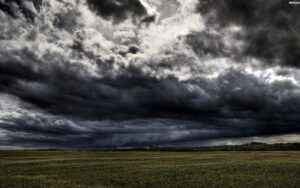
The first big break for the Phoenix Open was being scheduled for the weekend of the Super Bowl game.
The PGA Tour starts in Hawaii in January every year. It migrates eastward into California and Arizona for a series of tournaments prior to moving into Florida for the month of March.
Phoenix sports a pleasant climate for golf during February. The city is a hotbed for the sport with dozens of golf courses within its growing metropolitan area of five million people (#10 nationally).
The next component of the “Phoenix phenomenon” is national television exposure. NBC’s coverage during Super Bowl weekend gives sports fans something to watch other than the non-stop blathering pre-game football shows on another network. The annual television ratings for the WMPO are among the highest for the PGA Tour.

Then, there’s that Par-3 16th hole. The entire hole is surrounded from tee to green by thousands of noisy people.
Like a matador entering the bullfight arena, the professional golfer is forced to either embrace the moment or slink off the 16th green hoping not to have lost the composure needed to play the final two holes for the day.
Finally, the Phoenix Open made matters worse by constructing a 20,000 seat temporary grandstand which allows people to sit down and watch this relatively benign short golf hole.
The grandstands allow for a full day of overindulging on alcoholic beverages, too.

The title sponsor (Waste Management) couldn’t have picked a better venue to showcase their products!
Many of these patrons remain in the same general area all day long. The lusty cheering and booing of players at the 16th hole in Phoenix has become a spectacle within the spectacle.
Much like the Super Bowl, the Phoenix Open golf tournament attracts more “non-serious” golf fans in person at the event and for those watching at home via television. NBC isn’t helping matters by showing nearly every threesome’s tee shots at #16. The cheering and booing of the players is unique (for now) on the PGA Tour. The spectacle spices up the television ratings for NBC, too.
The caddies even got into the act at #16 for several years.

A caddie race was held by the three bag-toters. After the final player’s tee shot had settled around the green, the caddies would grab their golf bag and race from the tee box to the green. Of course, the drunken crowd at #16 and a national television audience cheered them on. The winner received a rousing ovation. It was all in good fun.
Until…
The 16th hole caddie races ended after the 2013 Phoenix event. More than one caddy accidentally turned an ankle or developed heart issues prior to reaching the green of this 170-yard dash. Caddies are independent contractors and pay for their own health insurance.
Last Friday, a female patron fell almost 20 feet from the 16th hole grandstand area and sustained non-life threatening injuries.
On Saturday, the tournament shut down the general admission gates after 200,000 fans had paid their $75 to get in. Later that same day, the tournament opted to discontinue selling beer after more than one PGA Tour player complained about the unruly behavior of fans being displayed toward the players.
With that many people on a golf course, the fans were able to create some new opportunities to encircle some of the other golf holes. They created a few “Animal House” antics to compete with their drunken buddies over at #16.
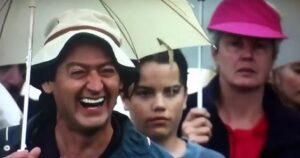
Zach Johnson is one of the most laid-back players on the PGA Tour. The former Ryder Cup Captain decided to confront some boorish fans about their rude behavior while in the middle of his round this weekend.
“I’m done”, said Johnson to the assembled press after completing his round.
Fellow PGA tour member Billy Horschel echoed that the locker room of golfers is tired of it, too.
“It’s been talked about amongst players about, if this would continue to escalate over the next few years, you could see players not want to come here,” said Horschel. “And that’s an unfortunate situation.”
For the record, the 2024 WMPO winner on Sunday was Nick Taylor. He won a playoff against Charley Hoffman on the second extra hole.
Tournament director Chance Cozby addressed some of the concerns about this year’s tournament issues on Monday morning.
“We’ve got 365 days to fix this,” said Cozby. “I think that you will see a complete operational change of how we manage – really our Friday and Saturday but the entire week.”

Here are a few suggestions…
- Remove all grandstands from the 16th hole at TPC-Scottsdale. Instead, add a lake around the entire hole from tee to green to keep fans at bay. The new hole would look much like the island green 17th hole at the TPC-Sawgrass in Florida. It would also become a harder test for the professional golfers.
- Move the 16th hole grandstands up to the first tee. Create a Ryder Cup-styled entrance for the golfers starting at the first hole. The fans can wildly whoop it up as each player enters the tee box area. No matter the noise and craziness happening at the first tee, any nervous golfers will have the remaining holes to shake it off and concentrate on the shots ahead.
- Limit on-course alcoholic beverage sales to locations near the first tee and tenth tee areas only. Make the drunken fans stay close to the front of the golf course where they may be quickly escorted off the grounds by an increased presence of law enforcement representatives.
- Restrict daily attendance to 60,000. Raise the daily ticket prices high enough to reach a new supply/demand balance. Unfortunately, the charities of the Thunderbirds of Phoenix (organizer of the golf tournament) will receive less money as result of these changes.
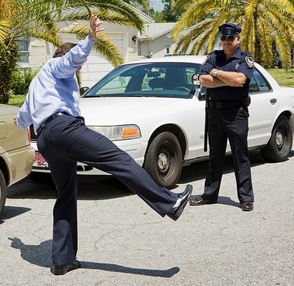
That beats zero. That’s how much local charities will receive if this rowdy event fails its next field sobriety test. There might not be a tournament in Phoenix at some point if enough players decide to boycott it.

